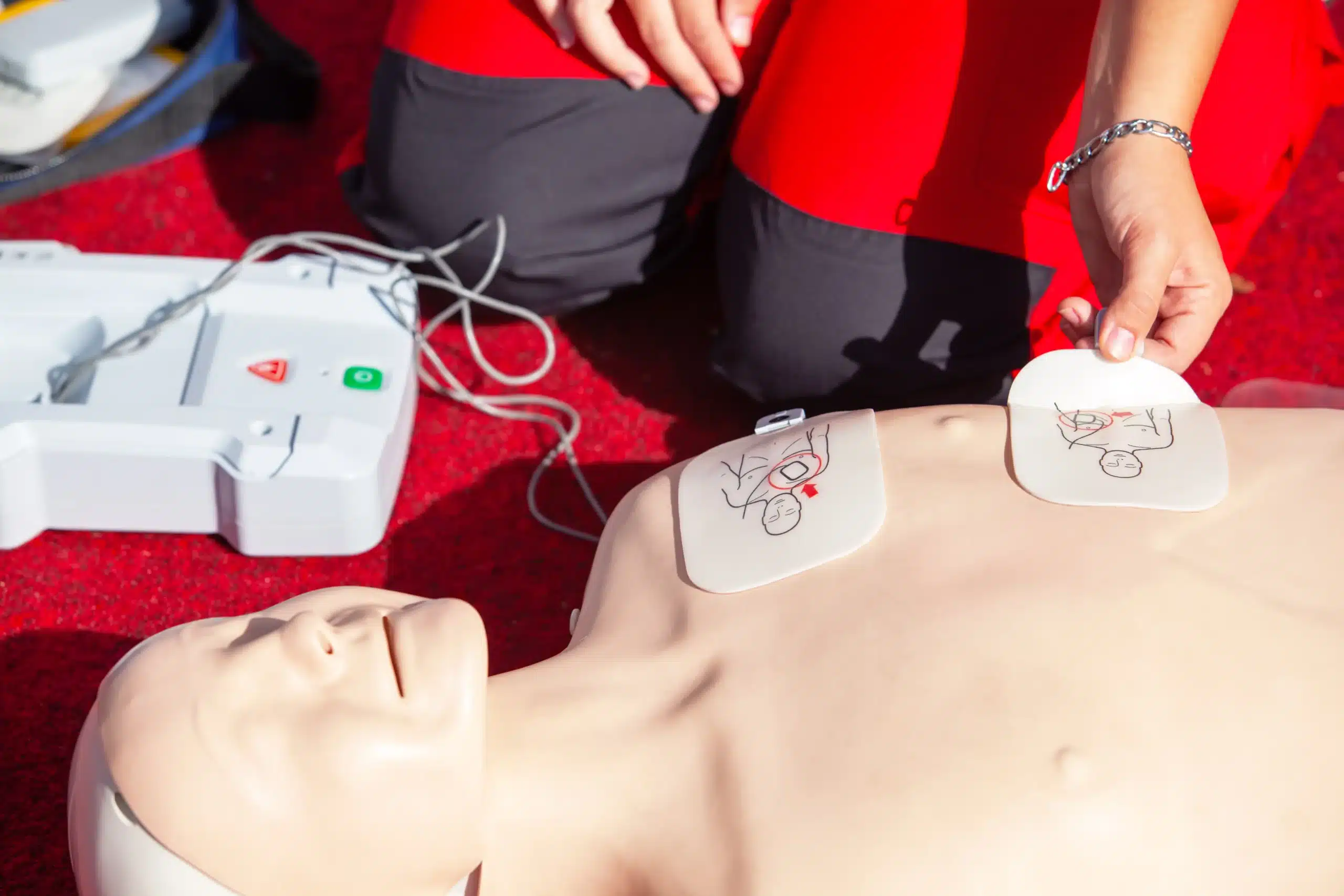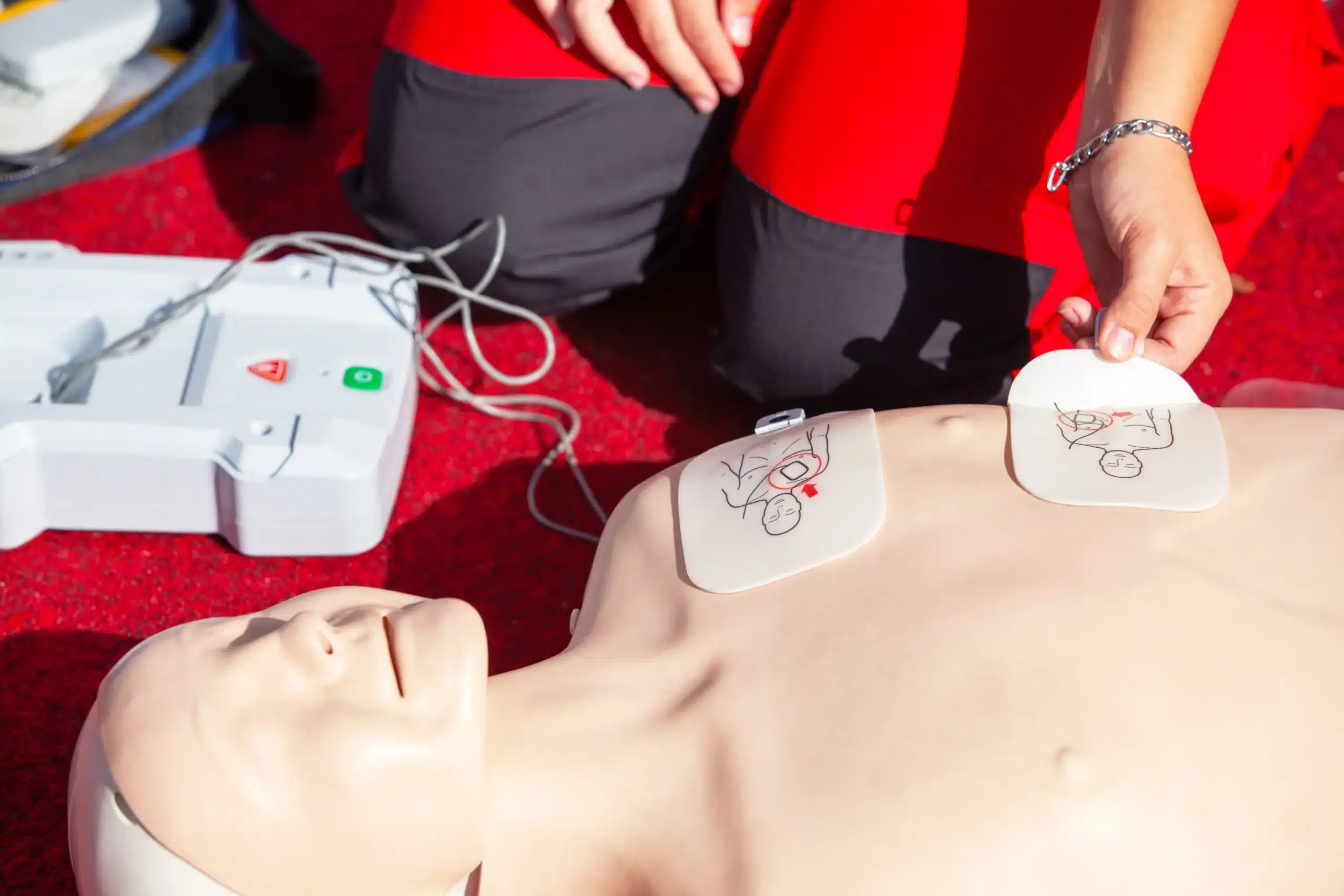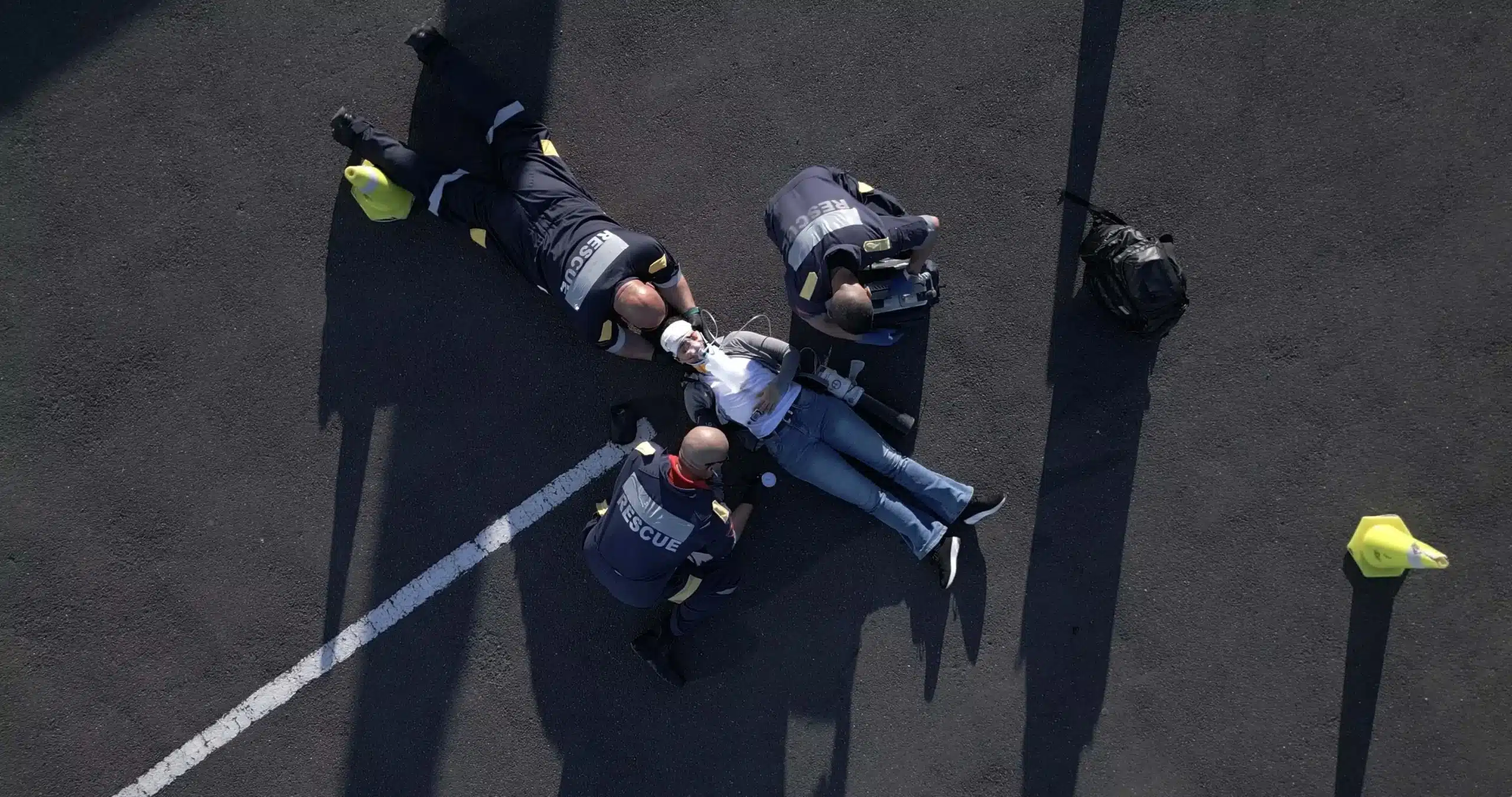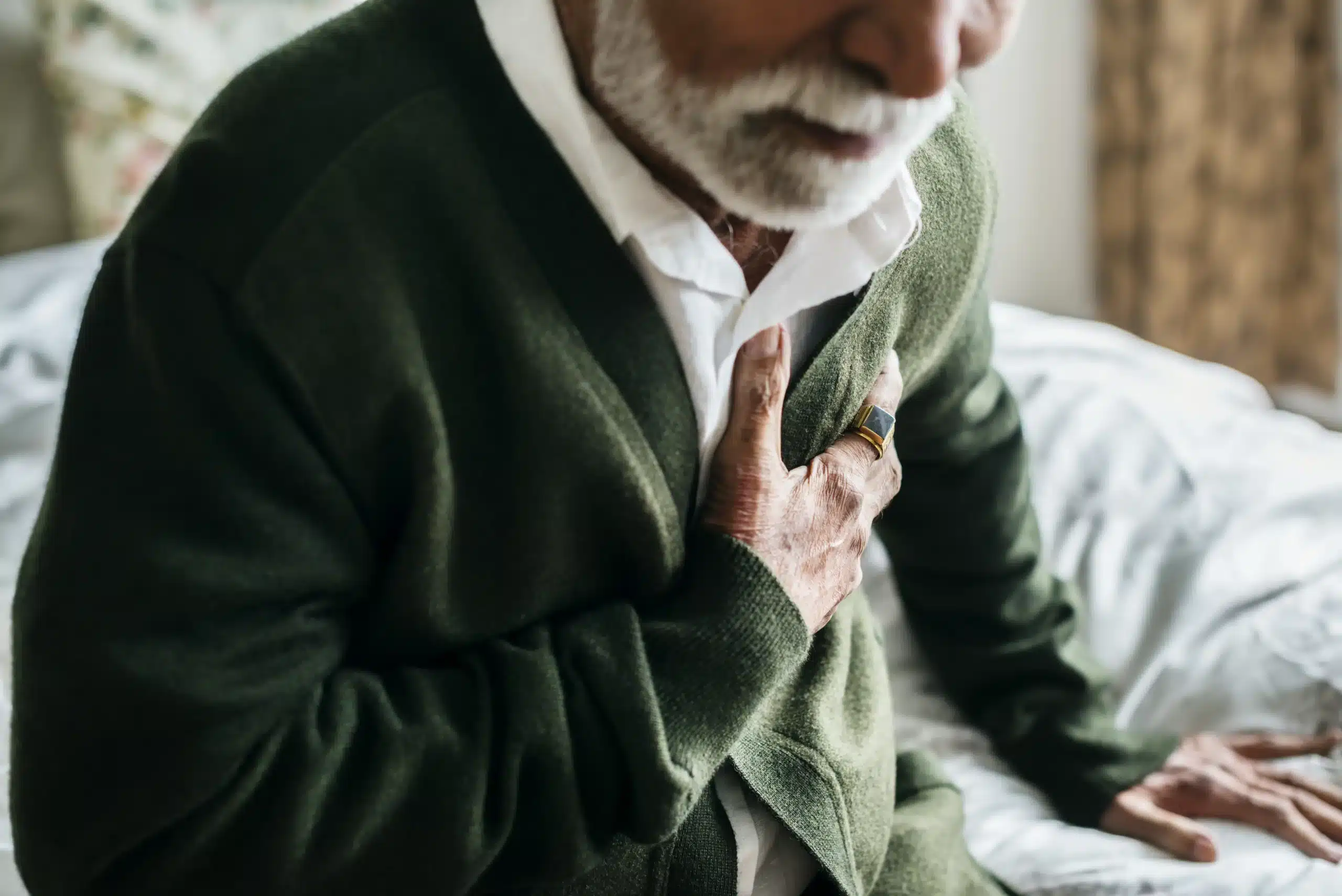Cardiopulmonary Resuscitation (CPR) is a critical lifesaving technique. However, many myths surround its application. Dispelling these myths can improve the effectiveness of CPR and save lives. Let’s debunk some common misconceptions and learn the truth.
Myth 1: CPR Always Saves Lives
Many people think CPR is a guaranteed lifesaver. Unfortunately, this isn’t true. CPR is crucial in emergencies, but it doesn’t always result in survival. The American Heart Association reports that the chance of survival after CPR in out-of-hospital cardiac arrests is approximately 12%. While CPR boosts survival odds, it isn’t infallible.
Using CPR correctly increases the likelihood of saving a life. Focus on providing high-quality chest compressions. Push hard and fast in the center of the chest at a rate of 100-120 compressions per minute. Remember, even if CPR doesn’t ultimately save a life, it can help keep blood flowing to vital organs until professional help arrives.
Myth 2: You Can Hurt Someone by Performing CPR
Some people hesitate to perform CPR because they fear causing harm. The truth is, bystanders can’t make a bad situation worse. When someone is unresponsive and not breathing, performing CPR is crucial. Not taking action is more harmful than attempting CPR.
It’s better to act than to do nothing at all. Even if you make mistakes, your efforts can still help. Ribs may break during CPR, but this is a minor issue compared to potential brain damage or death from lack of oxygen. Taking immediate action maximizes the victim’s chances of survival.
Myth 3: Only Professionals Should Perform CPR
You don’t need to be a healthcare professional to perform CPR. Anyone can learn CPR. The American Heart Association offers courses that teach the proper technique. In fact, bystanders who act quickly and perform CPR can double or triple a victim’s chance of survival.
Learning CPR is simple and accessible. Many organizations offer classes, both in-person and online. Acquiring this skill empowers you to save lives in emergencies. Don’t hesitate to learn CPR and be prepared to act when needed.
Myth 4: You Need to Do Mouth-to-Mouth Resuscitation
Mouth-to-mouth resuscitation is optional in most cases. Hands-only CPR is effective and recommended for untrained bystanders. The focus is on chest compressions, which keep blood circulating and provide oxygen to vital organs.
If you’re trained and comfortable, you can perform mouth-to-mouth. In cases involving children or drowning victims, giving breaths is beneficial. However, the primary goal is maintaining blood flow, which hands-only CPR achieves. Don’t worry about mouth-to-mouth if you’re unsure; chest compressions alone make a significant difference.
Myth 5: You Need Special Equipment to Perform CPR
CPR requires no special equipment. Your hands are the most important tool. While devices like Automated External Defibrillators (AEDs) are valuable, they’re not essential for CPR. AEDs can deliver a shock to restore a normal heartbeat, but chest compressions should begin immediately and continue until help arrives.
Access to an AED can improve survival chances, but it shouldn’t delay starting CPR. Many public places have AEDs available, and using them is straightforward. Follow the device’s voice prompts and continue CPR until the AED is ready to deliver a shock if necessary.
Myth 6: You Can Tell If Someone Needs CPR by Checking for a Pulse
Checking for a pulse is unreliable for determining if CPR is needed. Instead, focus on responsiveness and breathing. If a person is unresponsive and not breathing or only gasping, start CPR immediately.
Checking for a pulse can waste valuable time. Bystanders often struggle to find a pulse, leading to delays. Prioritize assessing responsiveness and breathing. If in doubt, err on the side of caution and begin CPR.
Myth 7: You Can Pause CPR to Check for Signs of Life
Pausing CPR to check for signs of life is unnecessary. Continuous compressions are vital for maintaining blood flow. If you suspect signs of life, continue CPR until professional help arrives. Stopping CPR prematurely can reduce the victim’s chances of survival.
Maintain a steady rhythm, and switch with another rescuer if you become fatigued. Consistency is key. Keep compressions going until trained personnel take over.
Myth 8: CPR is Only for Adults
CPR is crucial for people of all ages, including children and infants. Techniques vary slightly, but the principle remains the same. Children and infants often require different compression depths and rates.
Learning CPR for all age groups prepares you to respond in any situation. Taking a CPR course that covers adult, child, and infant techniques ensures you’re ready to help anyone in need.
Myth 9: CPR is Too Difficult to Learn
CPR is easy to learn and doesn’t require extensive training. Basic skills can be acquired in a single course. The American Heart Association offers many short classes focused on hands-only CPR.
Don’t be intimidated by the thought of learning CPR. The techniques are straightforward, and practice builds confidence. By dedicating a small amount of time to learning CPR, you become equipped to make a life-saving difference.
Myth 10: CPR Certification Lasts a Lifetime
CPR certification requires regular renewal. Skills can fade over time, and guidelines change as research advances. The American Heart Association recommends renewing certification every two years.
Staying current with CPR training ensures you’re prepared to respond effectively. Regularly refreshing your skills keeps you informed about the latest techniques and increases your confidence in performing CPR.
Myth 11: CPR Isn’t Needed If EMS Is On the Way
Every second counts during a cardiac arrest. Waiting for Emergency Medical Services (EMS) can reduce survival chances. Starting CPR immediately increases the likelihood of a positive outcome.
EMS response times can vary, and immediate action is crucial. By performing CPR until help arrives, you bridge the gap and provide vital support. Your actions can make a life-or-death difference.
In summary, understanding the truth behind CPR myths is essential for effective action. By debunking these misconceptions, we’re better prepared to save lives. CPR is a skill anyone can learn, and its impact is profound in emergencies. Stay informed and ready to act in a crisis.
For those interested in learning more, consider enrolling in a CPR course. Contact us at Safety Training Seminars for information about our courses and how you can gain the skills to make a difference in an emergency.






